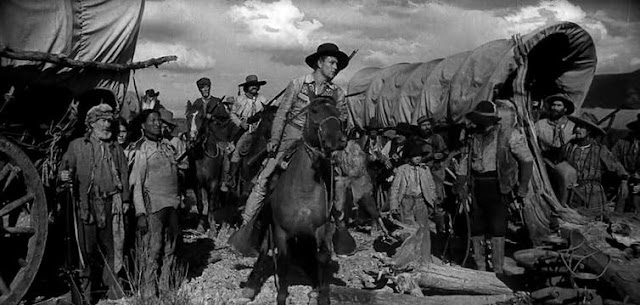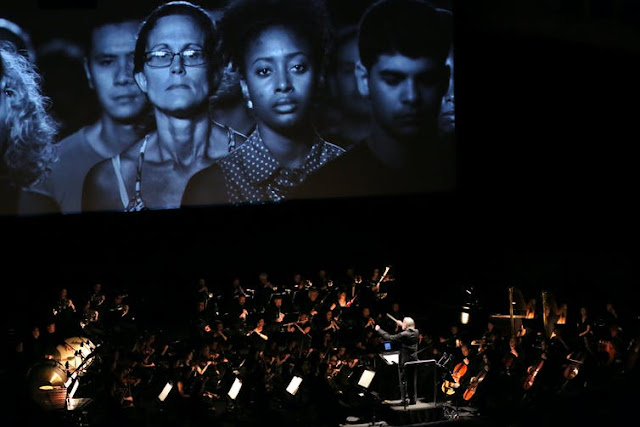Going huge – and going house
Because the dawn of movie theater, filmmakers have try out supersizing the display and pressing the limitations of what are called "element proportions," or the proportion in between the size and the elevation of the display.
The 35mm movement photo basic controlled the silent-film age and makes it through also in our electronic age. In traditional Hollywood, this implied a square-ish forecasted mount: roughly 1.33 size proportion to 1 high. Rick and Ilsa in "Casablanca," Scarlett and Rhett in "Gone With the Wind," and Norma Desmond in "Sundown Blvd" all played in the comfortable online globe of the 1.33 sandbox.
However movie trendsetters ultimately began searching for methods to go larger and larger. There was French supervisor Abel Gance's three-screen Polyvision procedure for his 1927 legendary "Napoleon." There was RKO studio's 70mm- broad "All-natural Vision" movie evaluate that made a short look in the 1920s.
However of all the "before-their-time" widescreen innovations that stood out and fizzled, couple of were as grandiose as the Splendour procedure, which was established in the late 1920s. Using a 70mm-wide movie remove – two times the size of the basic 35mm – it was quickly one of the most enthusiastic try of its time to earn widescreen go traditional in the U.S.
The Fox Movie Company (what would certainly ended up being 20th Century Fox) was Grandeur's main enroller. The innovation premiered in Brand-new York City in September 1929, when Fox screened a program of newsreels that consisted of a splashy trip of Niagara Drops.
Fancy home enjoyment complied with in 1930's "The Huge Path," an legendary Western starring a then-unknown previous university football celebrity that called himself John Wayne. In Fox's huge 6,000-seat Roxy Theater in Manhattan, the Fight it out galloped throughout a 42-foot-wide-by-20-foot-tall display, producing a huge online view that dwarfed those at the majority of the 1920s "photo royal residences." Langkah Terbaik Lakukan Taruhan Bola Online

In spite of Grandeur's spurting achievement, U.S. movie cinema proprietors were much less resilient at the possibility of increasing down on brand-new projectors and displays to fit its truly huge reveal.
Not just had Wall surface Road simply infamously laid a huge egg, however proprietors had simply shelled out big-time cash to transform to fit the "talkies" of the nascent audio age. Grandeur's situation had not been assisted by the smallish box-office returns of "The Huge Path."
Widescreen testing would certainly mostly vanish for the following twenty years, just to be restored in the 1950s, which noted the starting of huge screen's steroid age. Introduced in 1953, CinemaScope almost increased the mount proportion to 2.35 to 1. After that there was the three-projector Cinerama, and a reprise of 70 mm filmmaking in Oscar-winning smash hits such as "About the Globe in 80 Days."
Grandeur's primary error was epically poor timing. In today's developing electronic age, widescreen styles of differing dimensions are de rigueur worldwide – otherwise precisely splendour.


